NEWS & EVENTS

NEWS & EVENTS

Hangzhou’s Zhijiang Road Tunnel Achieves Breakthrough
Recently, the Zhijiang Road Water Transmission Pipeline and Road Upgrading Project (Zhipu Road-Fuxing Road section), notable for crossing the highest number of national-level cultural heritage sites among municipal utility tunnel construction projects in China and for its extreme construction and preservation challenges, has achieved a full breakthrough.
Beijing Urban Construction Exploration & Surveying Design Research Institute Co., Ltd., a subsidiary of UCD, undertook third-party monitoring for the eastern section and monitored the impact on major cultural relics during the tunneling process, thus providing a strong and reliable safety guarantee for the smooth completion of this underground "steel dragon" in Hangzhou.
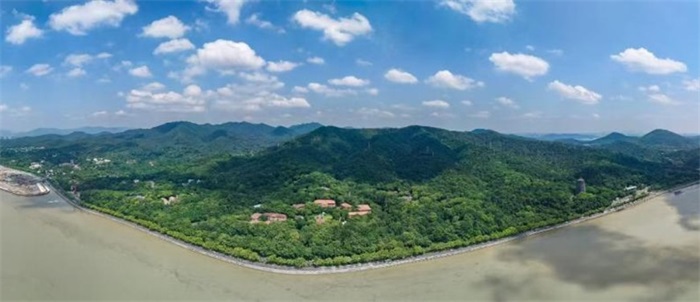
Zhijiang Road acts as a vital link between the Qiantang River and the West Lake Scenic Area, so the completion of its Water Transmission Pipeline and Road Upgrading Project is of great significance to upgrading traffic lines along the Zhijiang Road, enhancing Hangzhou’s urban infrastructure capacity, and building a three-dimensional transportation network and water network layout along the Qiantang River.
Precision monitoring: Ensuring smooth tunnel breakthrough
As one under Zhejiang’s initiative of “advancing over a thousand major provincial projects each year, with annual investments exceeding one trillion yuan”, the above project integrates water transmission pipelines, traffic tunnels, and road improvement, spanning a total length of 6.3 kilometers. It is situated in proximity to two UNESCO World Heritage Sites (the West Lake Cultural Landscape of Hangzhou and China Grand Canal (Hangzhou Section)), as well as five major historical and cultural sites protected at the national level. Within this project, the Zhijiang Road tunnel extends approximately 5.6 kilometers through complex geological conditions, requiring the shield tunneling machine working in the primary line to traverse strata with uneven softness and hardness.
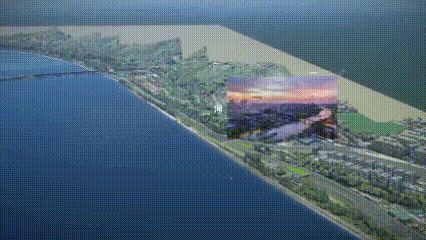
As the third-party monitoring entity, Beijing Urban Construction Exploration & Surveying Design Research Institute took up the heavy responsibility of conducting whole-process and comprehensive safety monitoring for all key segments of the project’s eastern section. To tackle challenges such as the tunnel passing beneath multiple cultural heritage sites to be put under national-level protection and sophisticated geological conditions, it adopted advanced monitoring equipment and assembled an experienced technical team to rigorously monitor critical phases, including foundation pit construction, shield tunneling, and deformation of the surrounding environment. In this case, tens of thousands of sets of valid monitoring data were collected to ensure the efficient coordination between monitoring operations and shield tunneling, laying a solid technical foundation for the safe advancement of the project.
Cultural relics protection: Establishing a "vital signs monitoring system" for the centuries-old pagoda
During the hole-through construction of the Zhijiang Road tunnel, the shield tunneling machine needed to pass beneath the Liuhe Pagoda, one of China’s major historical and cultural sites protected at the national level. Hangzhou’s Liuhe Pagoda is a traditional brick-and-timber structure that is far more sensitive to ground vibrations than modern buildings. According to data from relevant authorities, during the northline shield tunneling of the Zhijiang Road project, which passed laterally beside the Liuhe Pagoda, the minimum horizontal clearance from the edge of the pagoda’s foundation was 38.25 meters, and the vertical space was 39.03 meters. Therefore, monitoring the pagoda was a top priority.
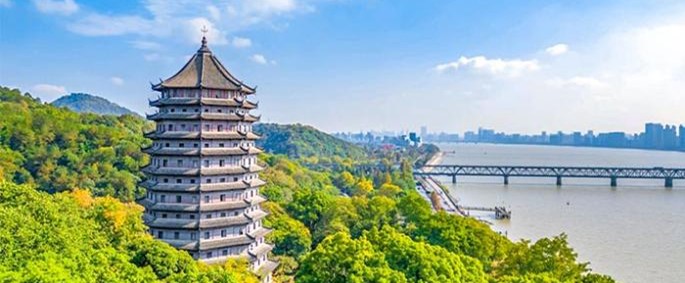
When monitoring the Liuhe Pagoda, the technical team of Beijing Urban Construction Exploration & Surveying Design Research Institute employed a self-developed new monitoring site device, a fully automated real-time monitoring platform, and other innovative technologies to conduct all-weather precision monitoring of the pagoda. Devices such as wired magnetostrictive joint meters, wired intelligent tiltmeters, and vibrating wire strain gauges were embedded within the pagoda structure like a neural network, constantly detecting the microstrain in the ancient brick-and-timber framework. And then real-time data was transmitted from 24 sensors to the monitor. Simultaneously, the construction team monitored shield tunneling parameters in real time and adjusted the shield machine’s operational posture based on the pagoda monitoring data, ensuring the safety of the heritage site.
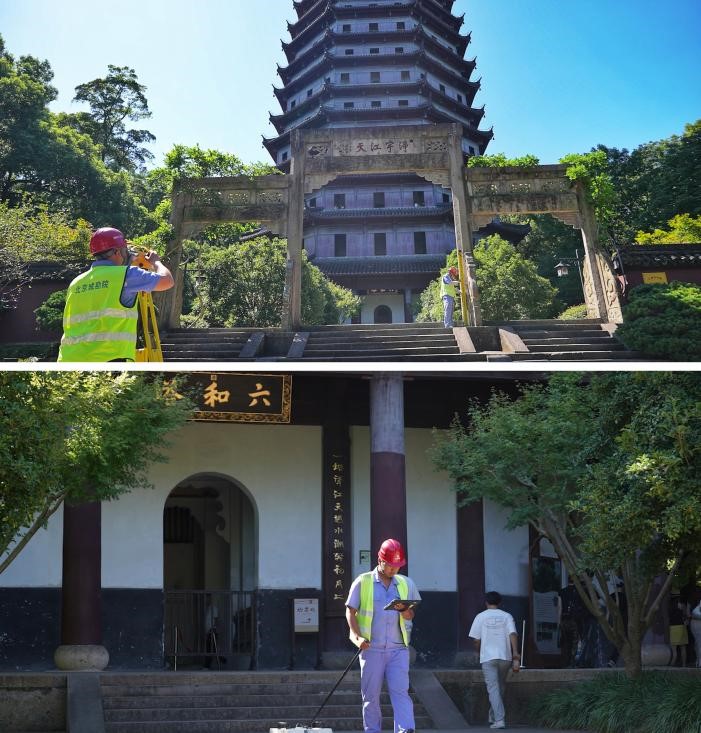
Innovative application: Smart monitoring system enables the cultural relic to “speak”
Installing monitoring devices on historic buildings often faces the dilemma of balancing measurement accuracy with visual appeal. Traditional monitoring sites are typically bulky and numerous, which not only affects the overall appearance of ancient buildings, but also causes damage to them. To address this challenge, the technical team utilized its self-developed new dual-function monitoring site device and the Liuhe Pagoda Smart Monitoring System to precisely assess the ancient pagoda’s structural health while minimizing the impact of tunnel hole-through construction on the ancient building, achieving deep integration of cultural relic preservation and monitoring technology.
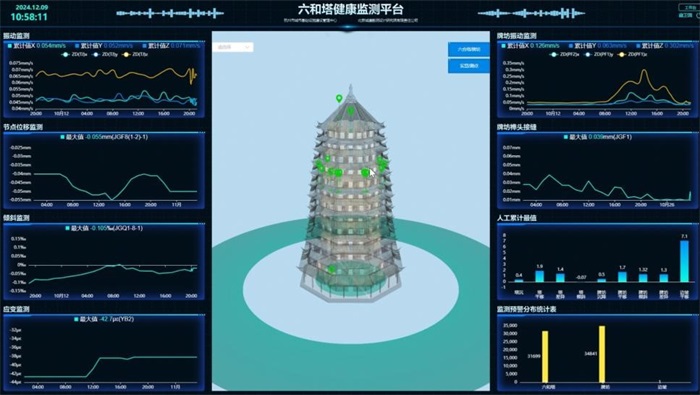
The newly developed monitoring site device integrates settlement monitoring and horizontal displacement monitoring. With a compact size and classically inspired design, it can be discreetly integrated into the pagoda’s structure, ensuring the accuracy of monitoring data, preserving the cultural relic’s appearance, and maintaining the landscape harmony. Besides, the Liuhe Pagoda Smart Monitoring System enables 24/7 automated sampling, with a maximum sampling frequency of once every five minutes, and uploads massive real-time data to the cloud platform. Should any abnormal fluctuations in the monitoring data be detected, the system immediately triggers an early warning mechanism and delivers the abnormal data to management personnel via WeChat notifications. It has achieved a shift from post-event remediation to preemptive warning.
During the process of monitoring the Liuhe Pagoda, builders and managers can use this platform to observe real-time structural data of the pagoda, promptly adjust shield tunneling parameters, and scientifically guide the tunneling progress, so as to robustly support the refined construction and preservation of cultural relics. The Liuhe Pagoda Health Monitoring Platform has obtained a National Computer Software Copyright Registration Certificate, and can be regarded as a new practical model for the preservation of brick-and-stone ancient pagodas across China.
At present, all shield tunneling sections of the project have been fully connected, and excavation tasks have been completed. The Zhijiang Road Tunnel is projected to be officially opened to traffic in December this year. With the strong support of Beijing Urban Construction Exploration & Surveying Design Research Institute, the third-party monitoring work has now entered the stage of post-construction monitoring, continuously ensuring the structural safety during the initial operation of the project.
From millimeter-level monitoring that provides accurate data for tunnel breakthroughs, to the continuous enhancement of monitoring technologies and vigorous exploration of innovative applications, the staff of Beijing Urban Construction Exploration & Surveying Design Research Institute showcased their professional skills in every rigorous data analysis and every exploration of groundbreaking technology. In the days ahead, the company will continue to strengthen its technical capabilities and secure the projects under the principle of “Precise Inspection + Digital Management”, devoting itself to the secure operation of urban underground lifelines.